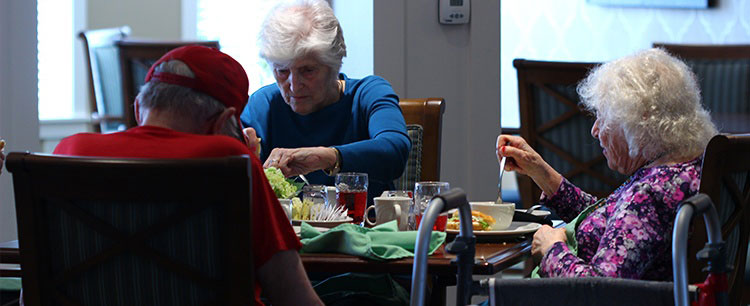If your medical history shows a pattern of family members who have suffered from strokes, it’s important to recognize your potential stroke risks. However, the good news is there are many things aging adults can prevent the possibility of stroke.
The research information that we have included in this blog will focus on the four main things people at risk can do to lessen the chance of experiencing a stroke. Although this information applies to both men and women, the risk of stroke is higher for women than men according to research conducted by The American Heart Association (AHA). Fortunately, AHA has been at the forefront of research efforts, treatments, and the prevention of heart disease for aging adults.
1. Know Your Lifestyle Risk Factors
There are certain things you can't change such as your age, ethnic background, and gender, but increased awareness and lifestyle habits are changeable. Your individual awareness about risks gives you a knowledge base for a personal stroke prevention plan you can create with your primary care physician.
Lifestyle risk factors are important for everyone, and especially for aging adults. These risk factors include:
- Smoking
- Excessive alcohol consumption
- Poor eating habits/obesity
- Lack of regular physical activity
2. Be Proactive
The American Heart Association suggests those at risk are aware and proactive with regard to:
- Blood Pressure
- Blood Sugar
- Cholesterol
- BMI (Body Mass Index)
When you have a medical checkup, discuss these numbers with your doctor to understand what you can do to get and keep them within safe ranges. In fact, it’s a good idea to ask for a copy of your blood work that you can keep in a file for future reference and monitor changes and trends.
3. Implement a Healthy Weight Loss Program
Excess weight is a stroke risk, but there's no need to become a weekend fitness warrior. In fact, that can be dangerous. Accept the fact that you did not put the weight on overnight, and a weight loss program should be a slow and steady process.
The National Institutes of Health recommends trying to lose one to two pounds of weight per week. Keep in mind that may mean cutting out about 500 calories from your diet per day to achieve this goal.
Avoid things such as fast foods, fried foods, soda, and sweets. It's also a good idea to start reading food labels to avoid foods with high salt and sugar content.
4. Exercise
Explore your surrounding areas for local dance classes, gyms, walking trails, and recreational activities for community members. You might even find unique events like a senior yoga or pilates class that can benefit both the body and the spirit.
If your home or assisted living community is near an indoor shopping mall, it's worth calling the central office to see if they have a walking club for aging adults. These clubs can be a fun way to both exercise and meet new people.
At Vista Springs, we encourage our community members to take advantage of our many activities that help to both prevent stroke as well as improve their overall wellness. Contact us today to see how we can support you or your loved one at one of our amazing locations.





